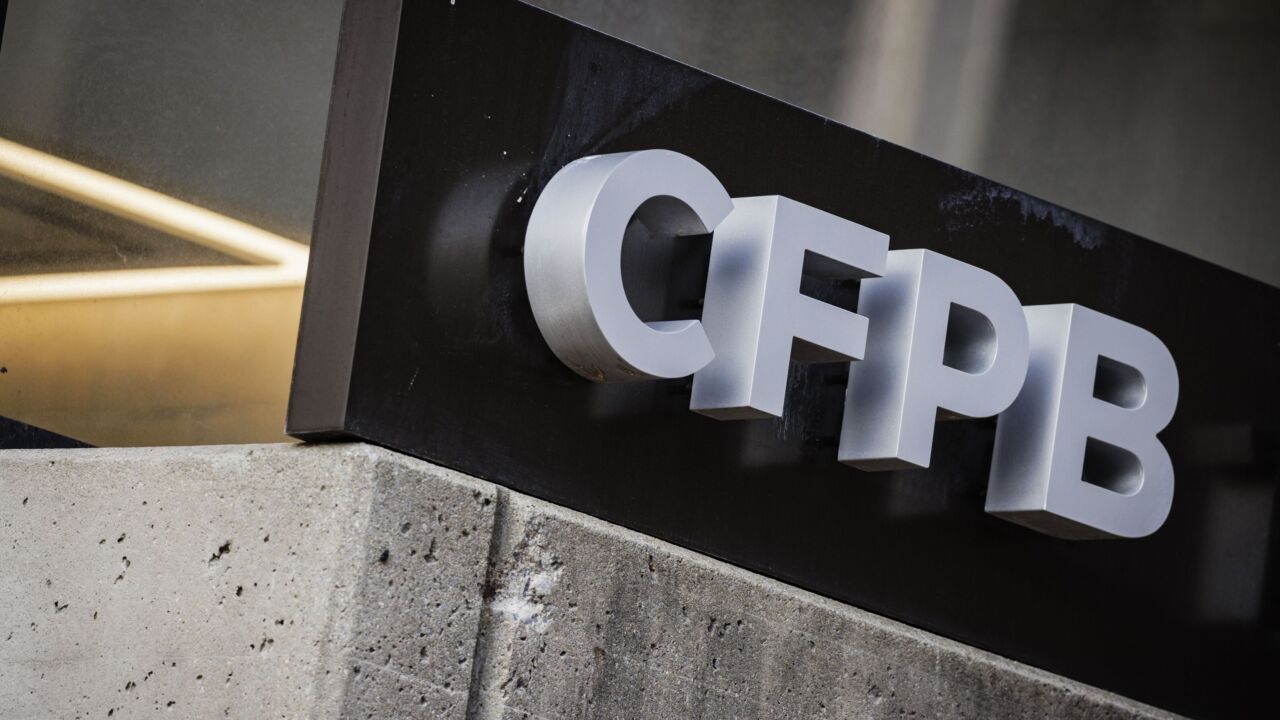The number of U.S. bank branches dropped by a record 2,927 last year as lenders both large and small sought ways to cut costs and keep pace with a digital transformation sweeping the finance industry.
The tally includes the opening of more than 1,000 new locations and the shuttering of almost 4,000 existing branches, according to

The shutdowns came in a two-year period when more and more customers switched to doing their banking online or through apps during the coronavirus pandemic. And competition from financial-technology firms and Wall Street giants, along with low interest rates that hurt profits, spurred regional banks to
The aggregate value of bank takeovers
“Banks have accelerated plans to consolidate their branch footprints as the COVID-19 pandemic encouraged consumer adoption of mobile and digital channels,” S&P Global’s Zach Fox and Umer Khan wrote in the report. “Further, banks have faced a tough operating environment with low interest rates pressuring margins and forcing a reconsideration of expenses.”
Wells Fargo closed the most branches on a net basis, reducing its brick-and-mortar presence by 267 locations to 4,894, S&P Global said. Those reductions came as Chief Executive Charlie Scharf continued to pursue aggressive cost-cutting measures at the San Francisco-based lender.
U.S. Bancorp, Truist Financial and Huntington Bancshares also had more than 200 net closures. Columbus, Ohio-based Huntington was among the regional banks participating in last year’s merger frenzy, completing its takeover of TCF Financial in June.
Wall Street titan JPMorgan Chase, meanwhile, opened 169 new locations, and Bank of America 53, even as the two firms reduced their overall branch count. Net closures totaled 166 for Charlotte, North Carolina-based Bank of America and 129 for New York-based JPMorgan.





